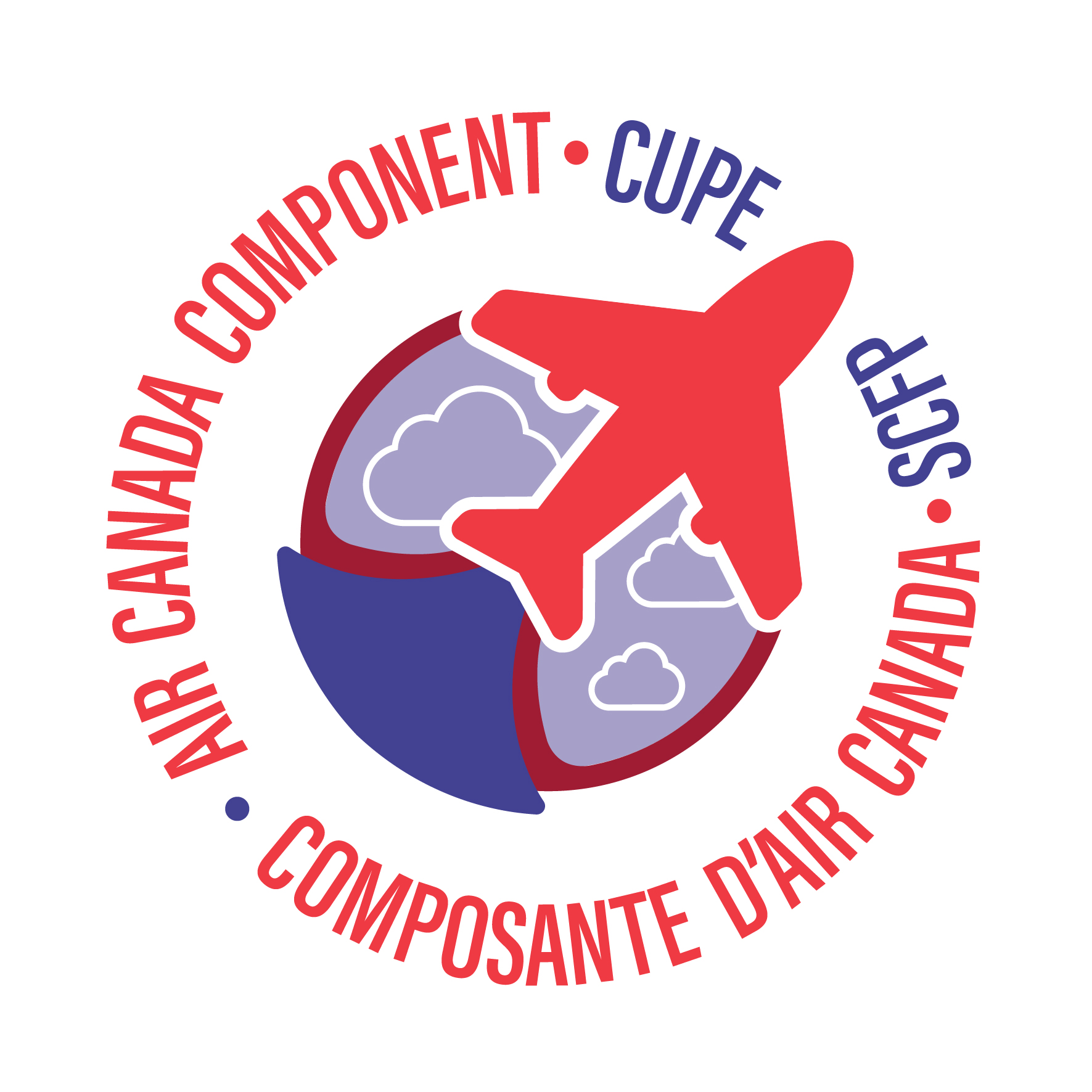On February 21st and 22nd, I attended the Federal Court in Toronto to listen to the hearing of (to simplify) the Canadian Union of Public Employees (CUPE) v the Gov’t of Canada, the MOT and Airline Respondents (court file number T-1175-15).
In this case, CUPE was the applicant representing all Flight Attendants of its Canadian airlines within CUPE’s Airline Division (ie Sunwing Airlines, Air Canada, Air Transat, AC Rouge and Canadian North).
The Attorney General of Canada was representing the following respondents: The Ministry of Transport as well as each of the aforementioned airlines. The Airline respondents were also represented by their own counsel. Sunwing’s counsel was the sole presenter from that group.
The case was presided over by The Honourable Catherine M. Kane. Madam Justice Kane’s bio can be found here: https://cas-cdc-www02.cas-satj.gc.ca/portal/page/portal/fc_cf_en/Bio/kane.
The issue at hand was whether or not CUPE had been given proper standing and opportunity for formal consultative input as a key stakeholder of CARAC – the Canadian Aviation Regulation Advisory Council (a public consultative body of government and interested aviation community members).
CARAC is an advisory committee which makes recommendations to Transport Canada. CARAC’s prime objective is to assess and recommend potential regulatory changes through cooperative rule making activities. 1
CUPE claims that the Canadian Aviation Regulations and Standards (CARs); the core regulation to the Aeronautics Act, were amended in 2015 through a “virtually non-existent, secretive process”. 2
CUPE states that the then Conservative government failed to properly publish the amendments in the Canada Gazette l as promised, a process which allows for public examination and scrutiny. Eliminating this crucial step allowed the legislation to be subsequently published in the Canada Gazette Part ll as a virtual “fait-accompli”. 3
According to submissions made by CUPE counsel Stephen J. Moreau, the former Minister of Transport (the Honourable Tony Valeri M.P.) had promised the House of Commons Standing Committee on Transport (SCOT) that the request (would) go through a regulatory process, consultative process…. (would) not move forward until we (had) heard from the unions…all of the stakeholders. 4
One fact is undisputed; the CARs were amended and the new regulations took force in 2015.
In short, as a result of this CARs amendment, Canadian airlines were no longer required to staff their planes with one Flight Attendant for every 40 passengers on board an aircraft with more that 50 seats (1:40) but CARs now allowed Canadian airlines to apply the ratio of one Flight Attendant for every 50 seats 1:50).
The process for modifying or amending the CARs can be found here: https://www.tc.gc.ca/eng/civilaviation/publications/tp185-4-07-regulations-745.htm.
Typically, this involves risk assessments (RIAS) which are then presented to CARAC for consideration in a Notice of Proposed Amendment (NPA). Conversely, the Regulatory Affairs Division prepares a triage questionnaire that will determine the scope of the Regulatory Impact Analysis Statement (RIAS), which must accompany new regulation to Canada Gazette, Part I. 5
More-so, the current Liberal government shows no signs of reconsidering this amendment made by its Conservative predecessors:
Minister Garneau now says that his government has no intention to revise the 1:50 flight attendant-passenger ratio which, according to his analysis, ‘provides an acceptable level of safety. 6
As explained, this case involves promises that were made to uphold a process which involves CUPE as a key stakeholder. CUPE subsequently claims that this process was not properly followed, in other words that the Government of Canada failed to exercise complete due diligence in adopting these new amendments to the CARs.
As a result, CUPE is seeking an order that the Challenged Regulation be quashed and is also requesting a declaration that the Challenged Regulation was enacted contrary to norms of procedural fairness and/or contrary to CUPE’s legitimate expectations. 7
Joseph Cheng, appearing for the Attorney General, argued that the Federal Court has no jurisdiction to make a determination, that this is a legislative matter that falls outside of the court’s purview.
Furthermore, he contended that CUPE has had sufficient opportunity for contribution as a CARAC stakeholder in the last 20 years of evaluation of the Flight Attendant ratio.
Finally, Mr. Cheng argued that there is no statutory requirement to pre-publish regulations and that a promise made by the Minister of Transport is not binding, as his cabinet position would not authorize him to speak on behalf of the Governor in Council, the authority in such matters.
We await Madam Justice Kane’s decision in this case.
In solidarity,
![]()
Beth Mahan
Vice-President, Air Canada Component of CUPE
1 https://www.tc.gc.ca/eng/civilaviation/regserv/affairs-carac-menu-755.htm
2 Volume XI of XIV of the application record – Memorandum of fact and Law – October 13, 2017 (C2023130xA0E3A).pdf
3 ibid
4 ibid
5 https://www.tc.gc.ca/eng/civilaviation/publications/tp185-4-07-regulations-745.htm
6 https://cupe.ca/transport-minister-says-no-revision-unsafe-150-ratio-cupe-will-continue-fight-passenger-safety
7 Volume XI of XIV of the application record – Memorandum of fact and Law – October 13, 2017 (C2023130xA0E3A).pdf
